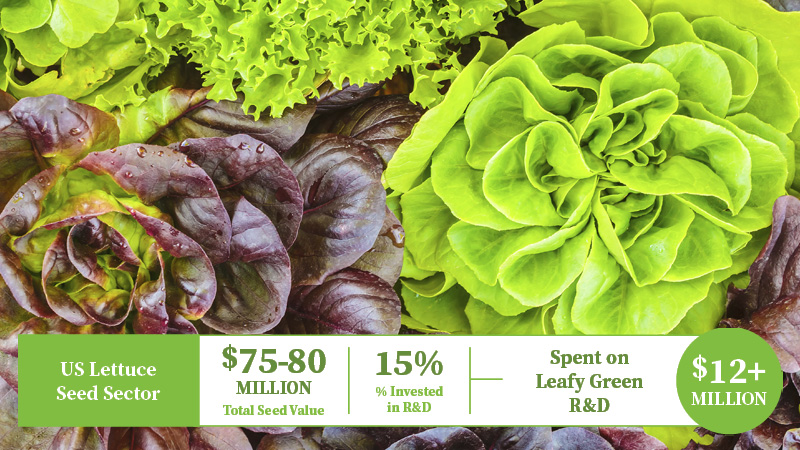The New Frontier of Soil Health — Where Do Growers Start Exploring?
As an industry, we know surprisingly little about soil health. It seems counterintuitive. Soil is so fundamental to growing, and it’s not a new-fangled technology. But we know only superficial aspects of soil health compared to our grasp on cell biology, a crop’s chemical reactions to fertilizer, or pests’ interactions with controls.
Traditional research relies on breaking down a topic to an extremely narrow focus, quantifying its elements, then moving on to another narrow slice of the topic.
Soil health research, however, is complex. We don’t yet know how each microbe, mineral, or nutrient interacts with each other or with crops. You cannot easily isolate one element of soil without automatically tainting the study results, because you’re severing its link to the rest of the microbes or nutrients in the soil.
Oftentimes, if you treat one aspect of soil health, it might have ramifications for another,” says Joey Blankinship, Associate Professor of Soil Ecology and Soil Health, University of Arizona. He is also a researcher for the Yuma Center of Excellence for Desert Agriculture (YCEDA).
Another difference in soil health research is the timeline.
“It requires more of a long-term perspective versus, say, the E. coli outbreak that happened a few years ago,” Blankinship says.
“That was an emergency, whereas soil health is more of a slow domino effect,” he says.
One major influence on soil health is how growing crops changes the soil profile from planting to harvest to the next planting. That means you need more than a lab. You need growers.
YCEDA, a public-private partnership in Yuma, AZ, is taking an inspired approach to tackling the issue. It brings farms and academia together. Its leadership and funding come from both, and grower insights keep all research grounded in the true needs of the industry.
YCEDA is launching the Yuma Soil Health Initiative to help them unpack which research to prioritize, then conducting the studies. Some will be multi-year, multi-institution projects, says its Interim Executive Director, Stephanie Slinski.
To get them started, YCEDA is hosting three gatherings by early 2024.
Step 1. First up is a grower workshop, taking place this fall, Slinski says. The goal is to identify what soil health means to desert growers and their operations.
“What is the benefit? And what will it take to integrate a solution? Because economics is really important,” Slinski says.
The local aspect matters, too, she says. Take the practice of allowing a field to recharge as it lays fallow or grows a cover crop. Fallow fields during the Arizona summer aren’t resting fields, however. They’re baked in the intense sun, and cover crops struggle in the unforgiving hot, dry climate.
Step 2. Next up is a desert ag symposium on soil health, designed for both growers and researchers. That means presentations will be a mix of technical and non-technical to match attendees. The symposium will help the group understand what existing research has to say.
Step 3. Very quickly after the symposium the group will conduct what Slinski is dubbing knowledge mapping. Where are the gaps in research? What can be built on that will meet the needs of desert growers?
“Basically, we want to get a group of experts together and put them with representatives from the industry to discuss the output from the grower workshop and symposium,” she says.
Then the hard work starts — creating tactical teams, identifying funding, and developing the go-forward strategy document.
Blankinship says much of what the Yuma Soil Health Initiative researches must include growers.
“With so many variables in play, soil health research needs to take place in fields and not rely on labs and greenhouses alone,” he says. “Without that field experience, the risk of making the wrong recommendations is too high.”
For more, read the full article as part of our special Global Insight Series report on Soil Health.
In addition, check out the previous reports in Meister’s Global Insight Series covering a range of topics from Biocontrols to Irrigation Innovations to Agricultural Technology.









